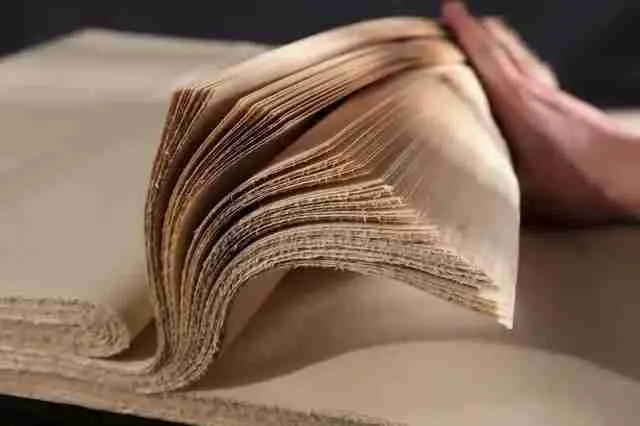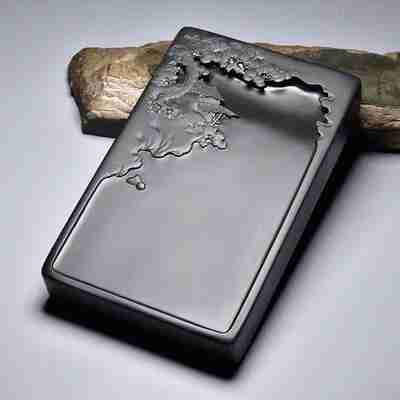In ancient China and East Asia in general, the intellectual classes of society were literate, so their essential tools were inkstones, paper, ink, and writing brushes. These tools were eventually termed as wenfang sibao, or ‘Four Treasures of the Study’, which is a name that came up sometime around the Northern and Southern dynasties (around 420 to 589 AD).
Chinese calligraphers, poets, and painters used mo (ink) and bi (brushes) as essential tools, and later used yan (inkstone) and zhi (rice paper) to improve their writing and painting. We will examine each tool in this article and see their importance in the context of ancient Chinese societies.
Brush

Writing brushes were first used around the Han dynasty (202 BC to 220 AD) or earlier, as the dates are unclear. The earliest forms used animal hair or the first hair from a newborn baby’s head (due to a belief that it could bring good luck), but this degraded quickly and could only be used on wood, bamboo, and silk surfaces.
The handles usually consisted of bamboo, but more expensive ones were made from ivory, carved bones, jade, and sandalwood. The most valuable brushes were made from a mixture of rabbit, goat, and yellow weasel hair, which were known as Hubi.
Ink

These were solid forms of ink that you had to grind on an ink stick grinding stone to produce a fine powder. You would then mix the powder with water, then use a brush to apply it to a surface.
Among its earliest uses was on the Oracle bones, which were ‘writing canvases’ made from large flat animal bones dating to the Shang Dynasty (between 1700 and 1027 BCE). On these bones, people could write using ink made from naturally occurring forms of carbon graphite.
Charcoal replaced graphite during the Han dynasty (around 206 to 220 BC), later resulting in the improved, ready-to-use ink stick during the Song dynasty (around 906 to 1279 AD), consisting of ink made from pine tree resin and soot from charred pine trees.
Later during the Ming dynasty (around 1368 to 1644), making ink sticks became a trade. Many people developed a refined method of making them using Chinawood oil (tung oil), and arranging them in sophisticated boxes for sale to scholars, calligraphers, and painters. However, this stopped entirely during the end of the Qing dynasty (around 1820 to 1850) due to Western influences and culture.
Paper

Among the earliest Chinese inventions, paper first came around 100 AD, with silk and bamboo slips functioning as writing materials. The most valuable papers were developed in Jingxian and were known as Xuanzhi, and they were long-lasting, moth-resistant, yet fine-textured.
Inkstone

Ancient Chinese scholars considered the inkstone as the most important element since it was essential to getting the right ink type.
They had rough areas with different coarseness levels that one could use to grind the ink stick, and also has a basin to mix the powder with water. However, you could only produce small amounts of ink at a time because the mixture evaporated quickly.
The stone could be made from different materials, such as metals, bricks, pottery, and natural stones. Since these materials varied, each Chinese region came up with its specialty. Regardless of material, the stone needed to be of semi-translucent composition, the correct size and made from non-porous materials.
These four tenets of ancient Chinese literacy eventually spread to their East Asian neighbors, giving them the benefits of literacy and recording their histories and art.